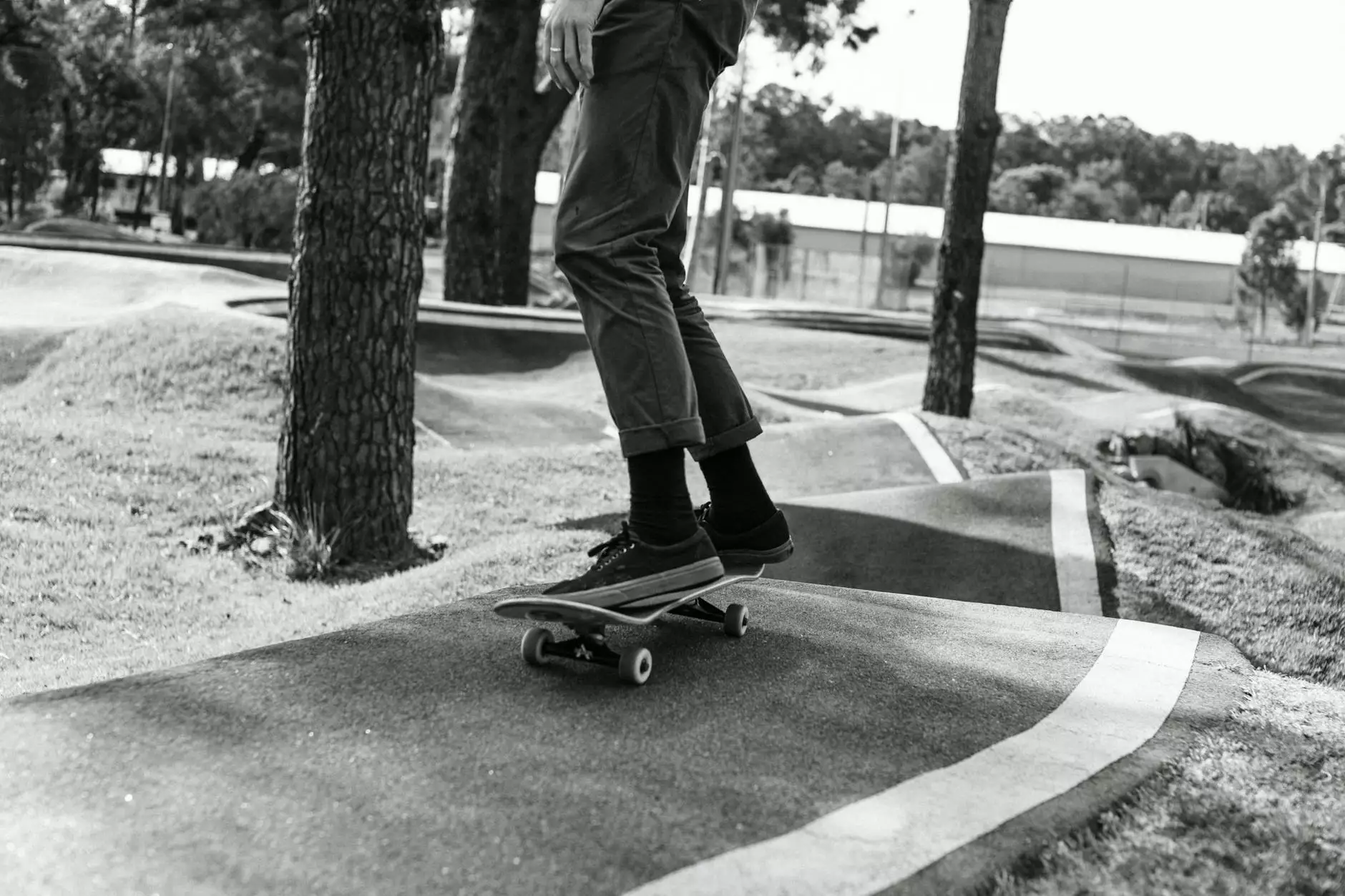Understanding Dark Spots on the Bottom of Foot

Introduction
Dark spots on the bottom of the foot can be alarming and may lead to concerns about one’s health. These spots can occur due to various reasons, including injury, medical conditions, or even environmental factors. In this article, we will delve deep into the causes, treatment options, and preventive measures for dark spots on the bottom of the foot.
What Are Dark Spots on the Bottom of the Foot?
Dark spots, or hyperpigmented areas, on the bottom of the foot are characterized by discoloration of the skin. They can vary in size, shape, and color and may appear in various shades of brown, black, or blue. Understanding the nature and origin of these spots is crucial for effective treatment.
Common Causes of Dark Spots
There are several reasons why you might observe dark spots on your feet:
- Injury or Trauma: Bruising or trauma to the foot can cause blood to pool under the skin, resulting in dark spots.
- Infections: Certain skin infections can lead to dark pigmentation due to inflammation or infection.
- Fungal Infections: Conditions like athlete's foot can cause skin discoloration.
- Sun Exposure: Prolonged sun exposure can lead to skin damage and pigmentation even on the feet.
- Skin Conditions: Conditions such as psoriasis or eczema may lead to dark patches due to skin irritation.
- Age Factors: As people age, they may develop age spots anywhere on the body, including the feet.
- Medical Conditions: Certain conditions, such as diabetes or vascular diseases, can result in skin changes, including dark spots.
Symptoms to Look For
When noticing dark spots, it’s important to pay attention to any accompanying symptoms that may indicate a more serious condition:
- Pain: If the dark spot is painful, it could indicate an underlying issue.
- Itching or Irritation: This may signify an infection or skin condition.
- Change in Size or Color: Rapid changes might warrant professional evaluation.
- Swelling: This can indicate inflammation or other concerns.
- Bleeding: Any bleeding or oozing from the spot should be assessed by a doctor.
When to See a Doctor
If you notice persistent dark spots on the bottom of your foot, it might be a good idea to consult a healthcare professional. Schedule an appointment if you experience any of the following:
- A dark spot that does not fade over time.
- Spot changes shape or becomes irregular.
- Faithful itching, pain, or discomfort.
- Family history of skin cancer.
Diagnosis of Dark Spots
Diagnosis typically involves a detailed examination by a physician or dermatologist. The process may include:
- Physical Examination: The doctor will assess the appearance of the dark spots.
- Medical History: Your doctor may ask questions regarding previous skin issues or family history of conditions.
- Biopsy: In some cases, a skin biopsy may be performed to rule out skin cancer or other serious conditions.
- Blood Tests: These tests can help determine if your dark spots are related to systemic issues.
Treatment Options
The treatment of dark spots on your feet depends largely on the underlying cause. Here are some common methods:
- Topical Treatments: Creams and ointments that lighten skin pigmentation can be prescribed.
- Laser Therapy: This procedure can effectively reduce pigmentation and improve skin tone.
- Cryotherapy: This involves applying liquid nitrogen to the dark spots to remove them.
- Oral Medications: In cases of infection or inflammation, your doctor might prescribe medications.
- Surgical Removal: For larger or problematic spots, minor surgical procedures may be needed.
Preventing Dark Spots
Preventing dark spots is often possible with the right measures:
- Sun Protection: Wearing protective footwear and applying sunscreen to your feet when exposed to the sun can reduce risk.
- Good Hygiene: Regular washing and drying of the feet can prevent infections.
- Moisturize: Keeping your skin hydrated can prevent irritation and skin conditions.
- Regular Check-ups: Monitoring any changes in your skin with periodic medical examinations can lead to early detection of issues.
- Healthy Footwear: Choosing the right shoes that fit well and allow breathability can prevent conditions that lead to discoloration.
Home Remedies
In addition to medical treatment, some home remedies can be beneficial:
- Lemon Juice: Known for its natural bleaching properties, applying lemon juice may help lighten dark spots.
- Honey and Aloe Vera: Combining these can soothe the skin and reduce pigmentation.
- Apple Cider Vinegar: This can be used topically to promote skin healing.
- Coconut Oil: Its moisturizing properties can help keep the skin supple and improve texture.
Conclusion
Dark spots on the bottom of the foot can vary from harmless to serious. Understanding their causes, recognizing when to seek help, and exploring treatment options are crucial steps in managing skin health. If you notice any troubling signs, do not hesitate to consult healthcare professionals. By practicing good foot hygiene, protecting your skin from the sun, and being proactive with your health, you can help prevent the occurrence of dark spots on your feet. For more information and professional advice, visit trufflesveinspecialists.com today!
dark spot on bottom of foot








